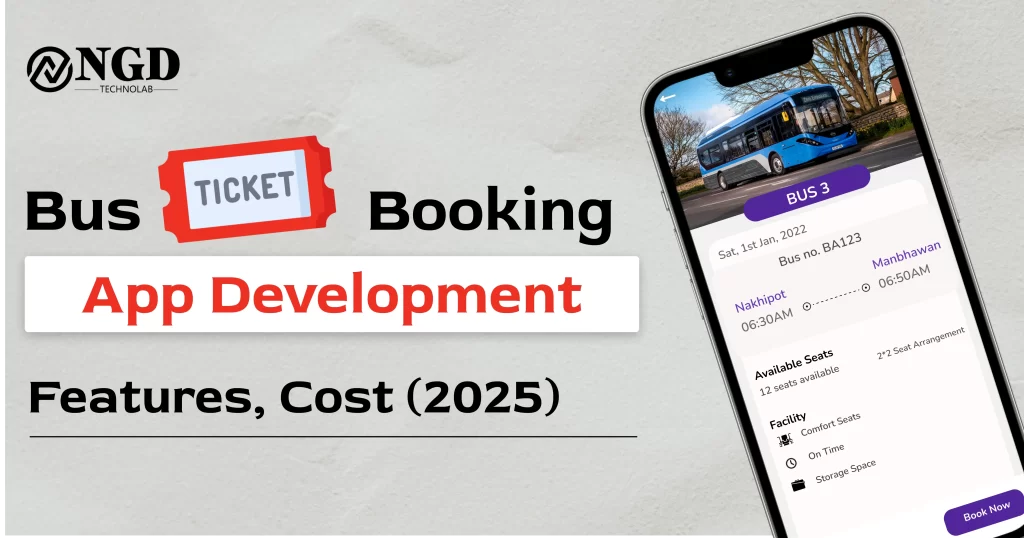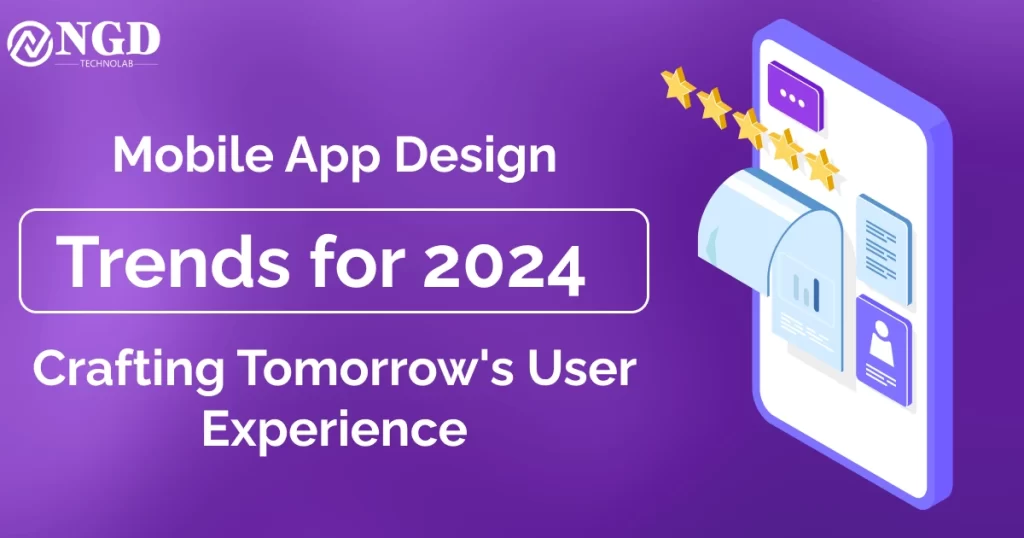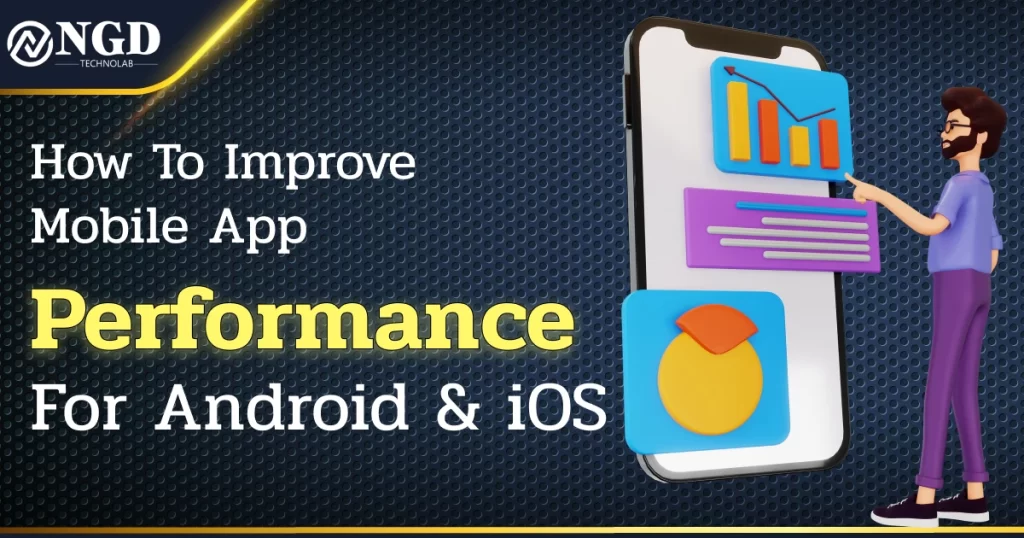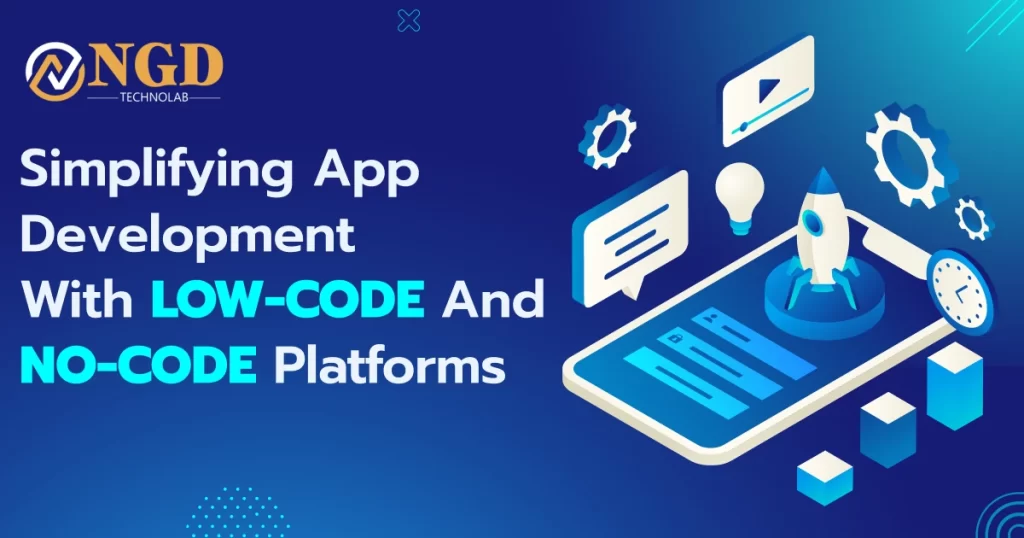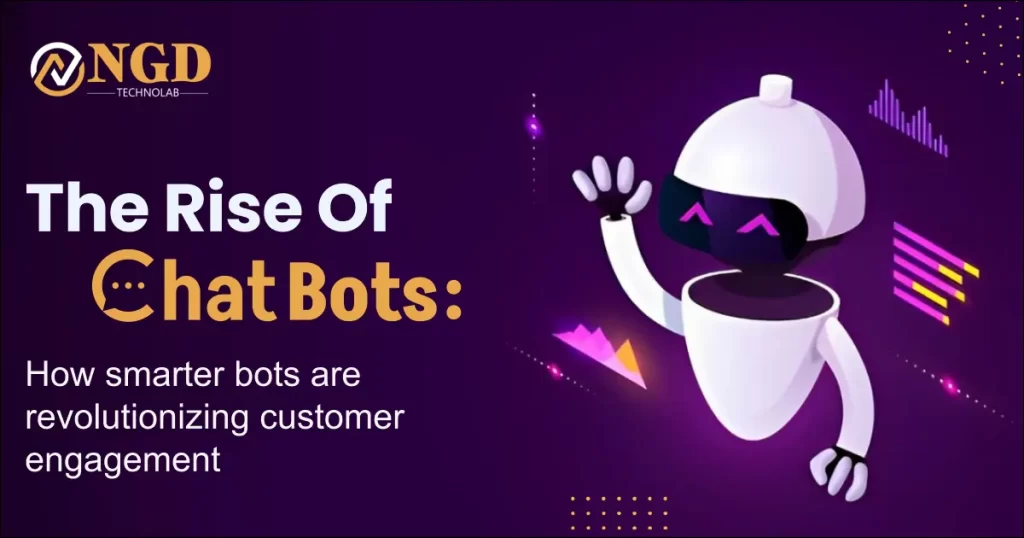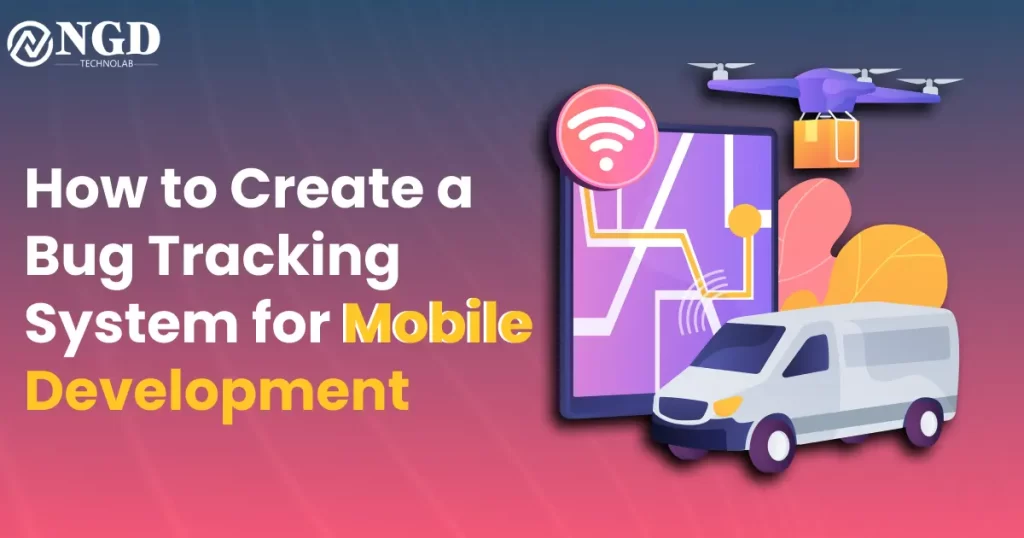Bus Ticket Booking App Development: Features, Cost (2025)
Bus Ticket Booking App Development: Features, Cost (2025) Prashant Padmani Edit Template In today’s fast-paced world, technology has revolutionized how we travel. One of the most significant advancements in transportation is the rise of bus ticket booking apps. These apps have transformed the traditional ticketing process, making travel more convenient and efficient. In this guide, we’ll explore everything you need to know about bus ticket booking app development, from essential features and cost factors to future trends in 2025. Table of content Add a header to begin generating the table of contents Android Studio: Unveiling the Power of Android App Development Over the past few years, the travel industry has shifted towards digital solutions, and bus ticket booking apps have become an essential tool for modern travelers. These apps eliminate the hassle of waiting in long queues and provide a seamless ticketing experience, allowing users to book their bus tickets in just a few clicks. Must-Have Features for a Bus Ticket Booking App User-Friendly Interface A well-designed app should have an intuitive layout, making it easy for users to search routes, select seats, and make payments effortlessly. Real-Time Bus Tracking Live tracking provides users with accurate bus location updates, estimated arrival times, and potential delays, enhancing their travel experience. Secure Payment Options Trust is essential for online transactions. The app should support multiple payment gateways with top-notch security to ensure smooth and safe transactions. Multi-Language Support To reach a wider audience, incorporating multiple language options makes the app accessible to users from different linguistic backgrounds. Integration with Other Travel Services Enhance user convenience by integrating the app with other transport modes like trains, taxis, or ride-sharing services. Push Notifications Send users timely updates on bus schedules, booking confirmations, discounts, and alerts about travel disruptions. Development Process: From Idea to Launch Market Research Understanding user needs, analyzing competitors, and identifying trends are crucial steps before starting the development process. Choosing the Right Development Team Hiring skilled developers ensures the app is built with the latest technologies and offers a smooth user experience. UI/UX Design A visually appealing and easy-to-navigate interface is key to user satisfaction and retention. Backend Development & Database Integration A strong backend ensures smooth app performance, while a well-structured database manages user data, bookings, and transactions efficiently. Testing & Quality Assurance Thorough testing eliminates bugs and ensures the app runs seamlessly across different devices and operating systems. Launch & Marketing Strategy A well-planned launch, combined with digital marketing campaigns, helps attract a larger user base and gain traction in the market. 4. Cost Breakdown of Bus Ticket Booking App Development (2025) Development & Design Costs Hiring experienced developers and designers incurs initial costs but ensures a high-quality app. Maintenance & Updates Regular updates, bug fixes, and feature enhancements require ongoing investment to keep the app running smoothly. Marketing & User Acquisition Promoting the app through digital marketing, SEO, and social media campaigns helps boost downloads and engagement. Server & Hosting Costs Reliable hosting services are necessary for app performance and scalability as the user base grows. Legal Compliance Ensuring the app follows regulatory guidelines avoids legal issues and enhances user trust. Also to read:- Mobile App Design Trends Crafting Tomorrow’s User Experience Case Studies: Successful Bus Ticket Booking Apps Learning from User Feedback Analyzing customer reviews of popular apps helps identify what users love and areas that need improvement. Addressing Common Challenges Understanding the hurdles faced by other apps allows developers to build better solutions and avoid common pitfalls.To start building with Ionic, install the Ionic CLI, create a new project, and choose from a range of starter templates. Ionic’s integration with Angular provides a robust structure for app development. The platform’s adaptive styling ensures a consistent look and feel across devices. Future Trends in Bus Ticket Booking Apps (2025 & Beyond) Augmented Reality (AR) Integration AR features can enhance the travel experience by providing virtual bus tours, seat previews, and interactive navigation. AI-Powered Personalization Artificial Intelligence can analyze user preferences and suggest personalized travel routes and deals. Sustainable Travel Features With increasing environmental concerns, integrating features like carbon footprint tracking and eco-friendly travel options can attract conscious travelers. Conclusion Developing a successful bus ticket booking app requires careful planning, the right technology, and a user-focused approach. As technology evolves, staying ahead of emerging trends will be key to building innovative and future-ready solutions. By incorporating essential features, ensuring top-notch security, and focusing on user convenience, businesses can create a game-changing travel experience for users worldwide. Frequently Asked Questions How do bus ticket booking apps improve travel convenience? These apps allow users to book tickets online, track buses in real time, and receive instant updates, eliminating the hassle of physical ticketing. What are the key features to look for in a bus ticket booking app? A user-friendly interface, real-time tracking, secure payments, multi-language support, and integration with other transport modes are crucial features. How much does it cost to develop a bus ticket booking app in 2025? Costs vary based on factors like app complexity, development team expertise, and marketing efforts. A detailed cost analysis is recommended before starting development. Why is market research important before developing a bus ticket booking app? Market research helps identify user needs, competition, and trends, ensuring the app meets industry demands and attracts users. How can bus ticket booking apps contribute to sustainable travel? These apps can promote green travel by offering carbon footprint tracking, eco-friendly bus options, and digital ticketing to reduce paper waste. Get Free consultation and let us know about your custom web and Mobile App project idea Over 13+ years of work experience, we have built 210+ web and mobile apps We can help you with Dedicated Developer delivering high-quality development Custom Mobile App Development Innovative Solution For Startups and Enterprise Contact Us Edit Template Latest Blogs Explore the Latest Blogs on Trends and Technology. Common App Development Challenges and How to Overcome Them Read More Manual Testing vs Automated Testing: Which is Right for Your Project?
Bus Ticket Booking App Development: Features, Cost (2025) Read More »

